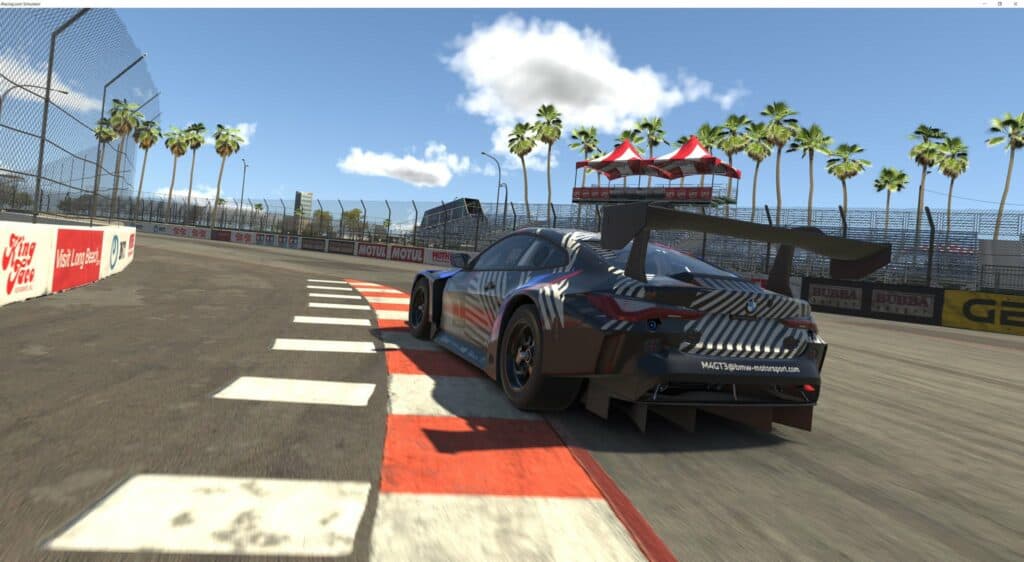In recent years, virtual racing has taken a significant leap forward, offering an experience that blurs the lines between the real and the virtual. Among the various sim racing platforms available, iRacing has emerged as a leader in providing an unparalleled level of realism and authenticity. Behind the scenes, iRacing’s technical prowess lies in its innovative approach to physics engines, meticulous track and car modeling, and cutting-edge technology. In this article, we will delve into the technical side of iRacing, shedding light on the processes that make it one of the most immersive racing simulations available.
At the core of iRacing’s realism lies its advanced physics engine. Unlike many other racing games, iRacing utilizes a highly sophisticated model that aims to replicate the behavior of a real race car as accurately as possible. The physics engine takes into account a multitude of factors, including weight distribution, tire grip, suspension dynamics, and aerodynamics, all of which contribute to the car’s handling and performance. By simulating these intricate details, iRacing ensures that each vehicle in its roster behaves authentically, requiring drivers to employ real racing techniques such as proper braking, cornering, and throttle control. This level of realism is essential in providing an immersive experience that challenges and rewards players in the same way real-world racing does.
To achieve accurate track and car modeling, iRacing employs a combination of laser scanning and photogrammetry techniques. Laser scanning involves using a specialized laser device to map the precise topography of a race track, capturing every bump, dip, and imperfection. This meticulous process ensures that the virtual representation of the track closely matches its real-world counterpart, allowing drivers to navigate each corner with the same level of precision as professional race car drivers. In addition to track scanning, iRacing also uses photogrammetry to capture detailed 3D models of real race cars. This process involves taking hundreds of high-resolution photographs of a vehicle from various angles and using specialized software to create a highly accurate 3D representation. As a result, iRacing’s cars exhibit realistic proportions, textures, and even wear and tear, further enhancing the immersive experience.
Behind the scenes, iRacing employs a wide array of cutting-edge technology to deliver its realistic racing experience. The platform utilizes a robust server infrastructure to host multiplayer races, ensuring stable connections and minimizing latency. This is crucial for creating a competitive environment where drivers can race against each other in real-time, with minimal disruptions. iRacing also incorporates a dynamic weather system, where changing conditions such as temperature, humidity, and track grip evolve over the course of a race, adding an additional layer of challenge and realism. Moreover, the simulation supports virtual reality (VR) technology, allowing players to immerse themselves fully in the racing experience, providing a heightened sense of presence and depth perception.
To maintain the accuracy and authenticity of iRacing, the platform undergoes constant updates and improvements. This includes fine-tuning the physics engine based on feedback from professional drivers and engineers, as well as incorporating data from real-world racing events. iRacing’s commitment to staying up-to-date ensures that its virtual racing environment reflects the latest advancements in the world of motorsports.
In conclusion, iRacing stands out as a premier racing simulation due to its technical prowess and commitment to realism. By employing a sophisticated physics engine, meticulous track and car modeling techniques, and cutting-edge technology, iRacing has created a virtual racing experience that closely mirrors the real-world counterpart. Whether it is the precision in car handling, the authenticity of the tracks, or the immersive multiplayer environment, iRacing delivers an unparalleled racing experience that continues to captivate racing enthusiasts worldwide. As technology advances further, we can only anticipate the continuous evolution of iRacing, pushing the boundaries of what is possible in the realm of virtual racing.


































































